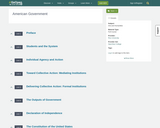
- Subject:
- Arts and Humanities
- Material Type:
- Full Course
- Provider:
- Rice University
- Provider Set:
- OpenStax College
- Date Added:
- 01/06/2016

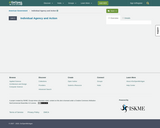
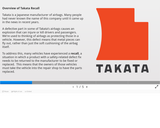
Overview of Takata Recall

This class is the second half of an intensive survey of cognitive science for first-year graduate students. Topics include visual perception, language, memory, cognitive architecture, learning, reasoning, decision-making, and cognitive development. Topics covered are from behavioral, computational, and neural perspectives.
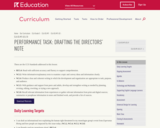
In this lesson, students use their research from Lessons 8-9 to write a draft of their Directors' Note with their monologue group (W.5.2, W.5.4, W.5.5, W.5.8).
In Work Time B, students are guided through a research reading share. Consider using the Independent Reading: Sample Plan if you do not have your own independent reading review routines. This review is designed to hold students accountable for their research reading completed for homework. This volume of reading promotes students' growing ability to read a variety of literary and informational texts independently and proficiently (RI.5.10, RL.5.10, SL.5.1).
This lesson focuses on the following habits of character: working to become effective learners and working to become ethical people. The characteristics students are reminded of in this lesson are: collaboration, as they work with their groups to write their Directors' Note, and taking initiative, prior to sharing their independent reading.
In the Closing, students practice reading their monologues in preparation for Part III of the End of Unit 3 Assessment and the performance task (RF.5.4).
The research reading that students complete for homework will help build both their vocabulary and knowledge pertaining to human rights. By participating in this volume of reading over a span of time, students will develop a wide base of knowledge about the world and the words that help describe and make sense of it.
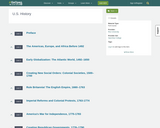

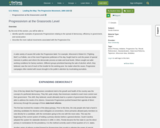
By the end of this section, you will be able to:
Identify specific examples of grassroots Progressivism relating to the spread of democracy, efficiency in government, and social justice
Describe the more radical movements associated with the Progressive Era